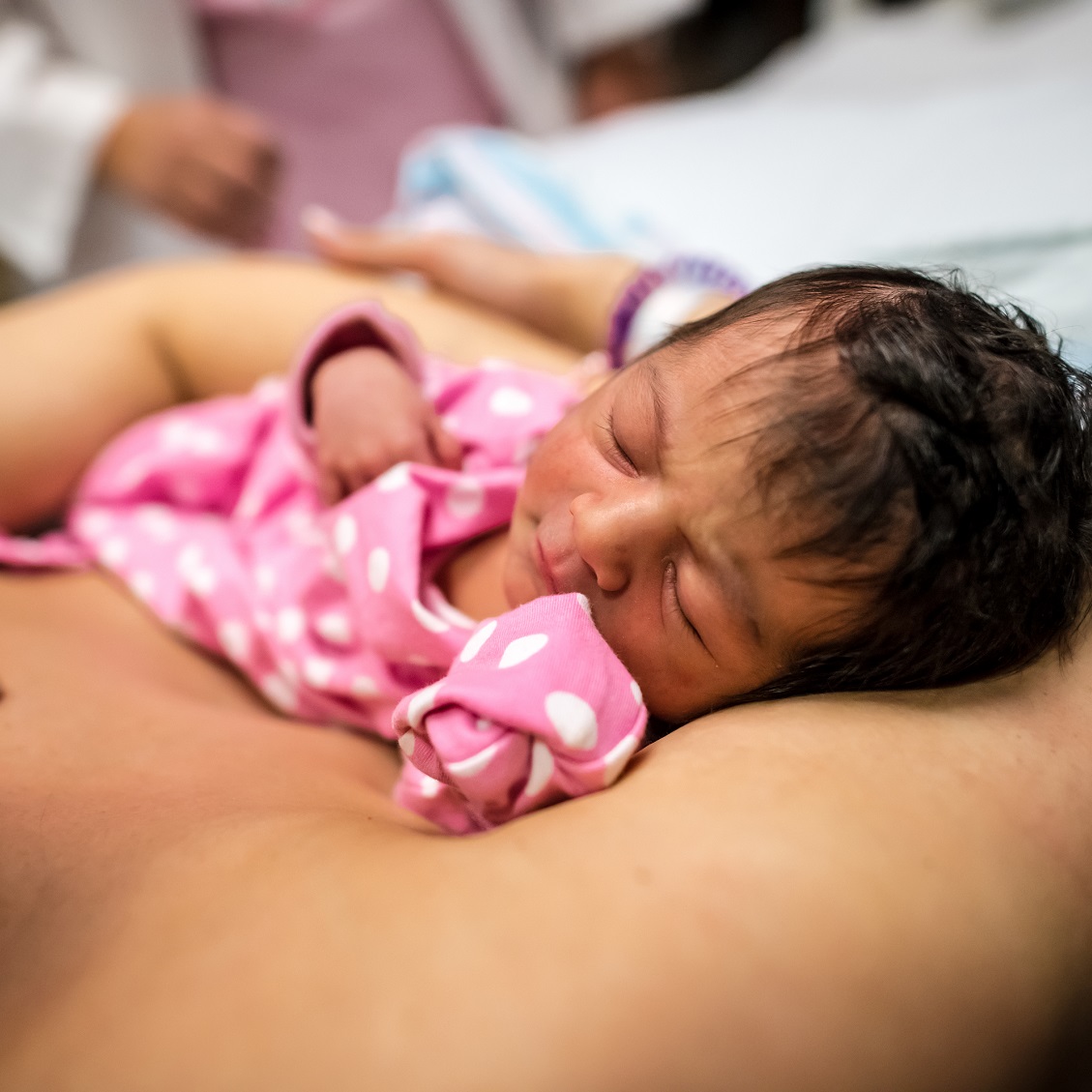Are Kick Counts Necessary?

April 06, 2023
While modern technology offers a more accurate gauge of fetal well-being, kick counting still has a place in monitoring fetal health, says obstetrician-gynecologist Abdullah Al-Khan, M.D., director of Maternal-Fetal Medicine & Surgery and the Center for Abnormal Placentation and co-director of the Fetal Care Center at Hackensack University Medical Center.
Why Kick Counting Is Important
Kick counting, also referred to as fetal movement counting, is used to alert mothers to a change in their fetus’s movements, which can be an early sign of a problem with the pregnancy and may avert stillbirth.
By regularly counting their fetus’s movements, expectant mothers have a track record of what is normal for their fetus, Dr. Al-Khan says. A mother aware of what is normal for her fetus notices changes quickly.
“Most of the time, things will be fine. But if the mother feels there is a change in the behavior of her fetus, to which she is acclimated better than any doctor, it’s not an unreasonable thing to seek medical advice,” says Dr. Al-Khan.
What to Look for With Kick Counts
Pregnant mothers start to feel their fetus’s movements usually around 20 weeks of gestation. Movements can be felt as early as 16 weeks, especially in mothers who have been pregnant before, says Dr. Al-Khan.
The ease of feeling fetal movements—kicks, stretching, rolls—varies from person to person.
- Women who are obese, who have nerve damage from chronic diabetes or who have had an abdominoplasty (a “tummy tuck”) may have a harder time feeling their fetus’s movements.
- Fetal movements may also be hard to feel if the placenta is positioned between the front wall of the uterus and the outer wall of the mother’s belly because the placenta acts as a cushion.
As the fetus grows, movement is typically easier to detect (and may even hurt). Peak activity typically happens between 10 p.m. and 2 a.m.
Expectant mothers can spur fetal activity by eating, Dr. Al-Khan says. About 30 minutes after eating, a spike in glucose gets the fetus moving. To do a kick count 30 minutes after eating, mothers should lay on their side because that displaces the uterus, making it easier to feel movement.
While you can keep track in a notepad or journal, there are also various online tools and phone apps that you can use to help keep track of kick counts.
The number of kicks or movements a fetus should make when mothers are doing a kick count is a matter of dispute. “Use your judgment. You know how much the baby is moving inside you every day,” Dr. Al-Khan says.
If there’s a change in the number of kicks and you are concerned about that, talk to your provider.
Next Steps & Resources:
- Meet our source: Abdullah Al-Khan, M.D.
- To make an appointment with a maternal-fetal specialist near you, call 800-822-8905 or visit our website.
The material provided through HealthU is intended to be used as general information only and should not replace the advice of your physician. Always consult your physician for individual care.





